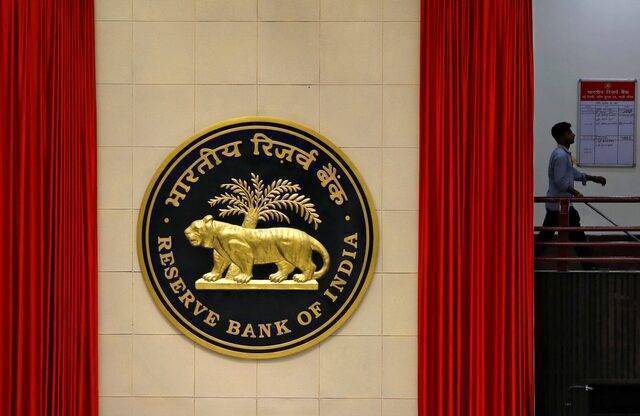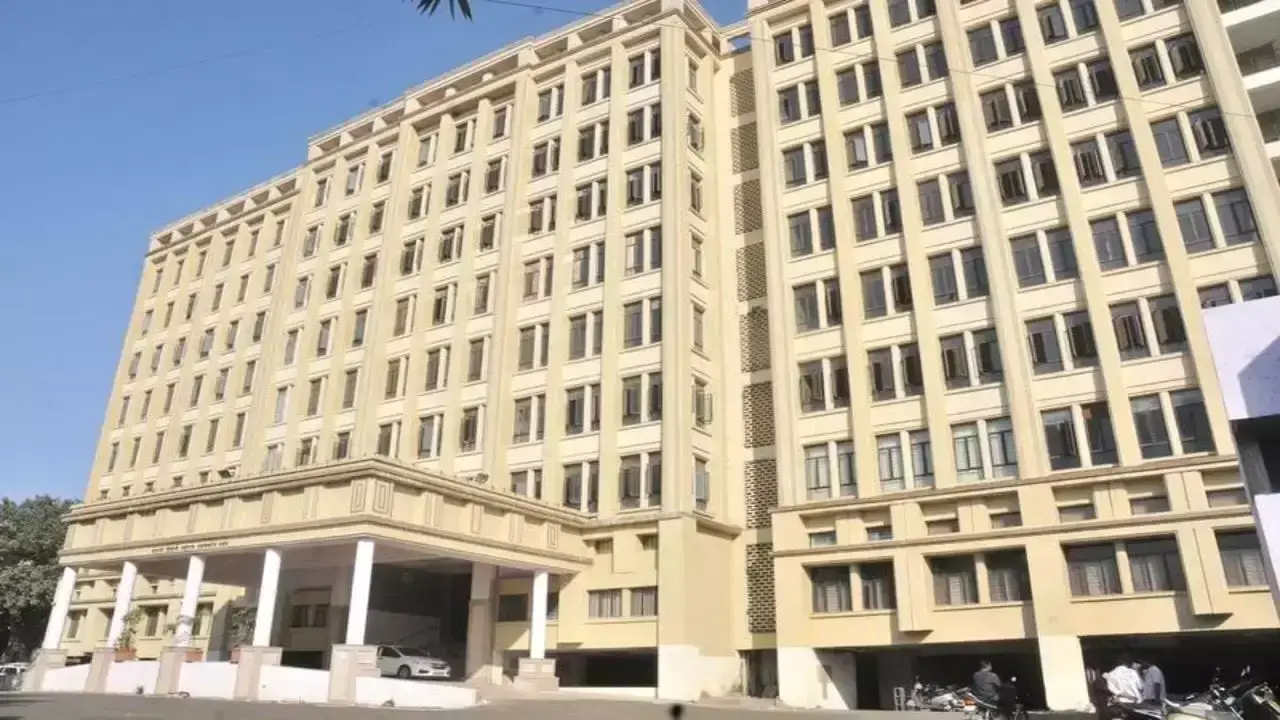India is set to make a significant leap in airport infrastructure development with the announcement of its first offshore airport near Mumbai. This ambitious project aims to enhance the country’s aviation capabilities and become a key part of the Central government’s broader infrastructure revamp plans. According to a recent report by Bloomberg, the airport will be constructed on an artificial island near the Vadhvan seaport, located approximately 125 km from the existing international airport in Mumbai.
This offshore airport is expected to be similar to renowned airports like Hong Kong International Airport and Osaka’s Kansai International Airport, both of which are also built on man-made islands. The concept of constructing airports on artificial islands has proven successful in other parts of the world, providing a model for India’s latest infrastructure project.
Strategic Location and Connectivity
The airport’s location near the Vadhvan seaport on India’s west coast presents an opportunity to create a major aviation hub that can cater to the growing demands of the country’s travel and logistics industries. The new airport will not only ease the strain on Mumbai’s existing international airport, but it will also serve as a catalyst for regional growth by improving access to one of India’s most economically vibrant areas.
The project’s strategic importance is amplified by its connectivity plans. The airport will be well-connected to key transportation networks, including the proposed Mumbai-Ahmedabad bullet train, and the Mumbai-New Delhi and Mumbai-Vadodara highways. This will ensure that the airport is easily accessible to both air travelers and commuters, facilitating smooth connectivity between Mumbai and other major cities.
Environmental and Government Approvals
The Vadhvan offshore airport project has already received initial clearances from crucial government bodies, including the Union environment and defense ministries, as well as the Maharashtra state government. This marks a significant step forward in the development process. Feasibility studies will soon be conducted with the assistance of the Airports Authority of India (AAI), and once these studies are completed, a clearer picture of the estimated investment required will emerge.
This project is part of a series of infrastructure developments in Mumbai and Maharashtra, driven by the Central government’s commitment to enhancing India’s infrastructure. The country’s infrastructure deficit is currently the second-largest in the world, behind Brazil, and addressing this gap is a key priority for the government. The offshore airport, along with other major projects, is a step toward modernizing the nation’s infrastructure and driving economic growth.
Drive for Regional Development
The development of the Vadhvan airport will also help decongest Mumbai’s existing airport and provide much-needed relief to the region’s aviation sector. Mumbai is a major hub for both domestic and international flights, and its current international airport is one of the busiest in the world. However, the airport is operating at near capacity, with limited space for expansion. The new offshore airport is expected to ease the pressure on the existing airport and enhance the overall travel experience for passengers.
Furthermore, the addition of the Vadhvan airport will complement other ongoing infrastructure projects in the region, such as the Mumbai Trans Harbour Link (MTHL) and the proposed underground metro system. The MTHL, a 21.8 km expressway, connects South Mumbai to Navi Mumbai and is the country’s longest sea bridge. These developments aim to create a seamless and integrated transportation network that enhances the region's connectivity.
Challenges and Feasibility Concerns
While the Vadhvan offshore airport holds great potential, experts have raised concerns about its feasibility, particularly regarding passenger demand. A project of this magnitude requires significant investment and will need to generate sufficient air traffic to justify the costs. The government’s push to develop new airports has improved connectivity in many regions, but smaller airports have faced difficulties in achieving high passenger traffic.
For the Vadhvan airport to succeed, it will need to attract sufficient air traffic and align with broader transportation strategies to ensure sustained growth and viability. The government must closely monitor these factors to assess the project’s long-term feasibility.
A Vision for the Future
The Vadhvan airport, once completed, will become the third airport in Maharashtra, joining the existing Chhatrapati Shivaji Maharaj International Airport and the upcoming Navi Mumbai International Airport. Its completion will support the growing demand for air travel and tourism, particularly in the western region of India.
In addition to the airport, Maharashtra has also planned several ambitious projects, including an international cruise terminal, a 701-km greenfield road project linking Mumbai and Nagpur, and the Mumbai Eye, a Ferris wheel designed to rival London’s iconic landmark. These projects are expected to further elevate the state’s infrastructure and tourism offerings.
The Vadhvan airport project aligns with the government’s broader vision of developing India’s infrastructure to match the demands of a rapidly growing economy. With billions of dollars allocated to improve the country’s infrastructure, this offshore airport is just one example of how the government is working to overcome its infrastructure shortfall and meet the growing needs of its population.









.png)